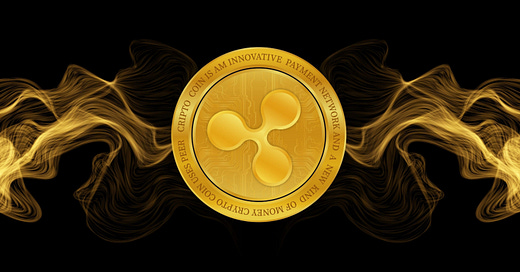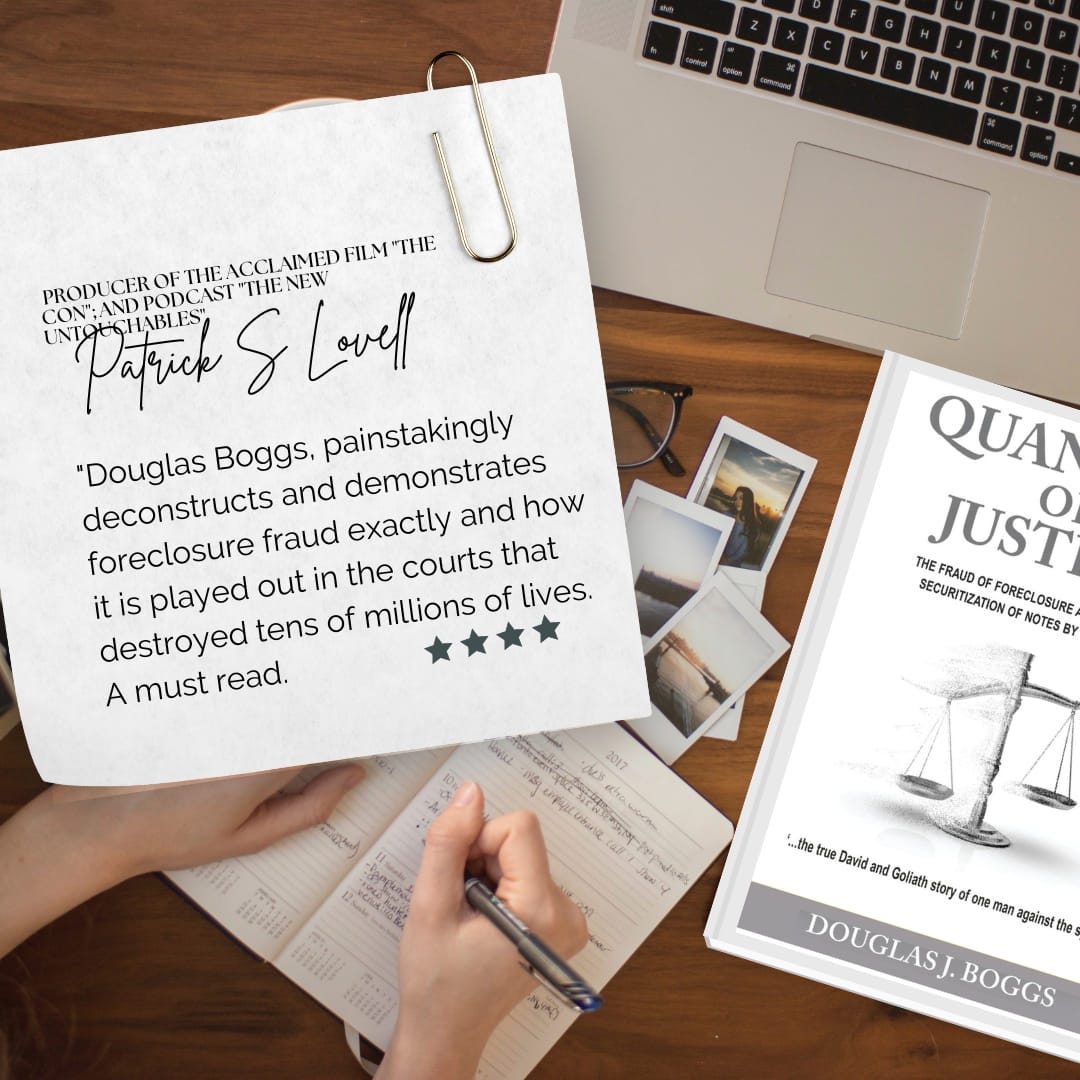XRP’s Burn Rate Mechanism
Insights from Chris Larson, Co-Founder/Executive Chairman of Ripple
Let’s take a look in to the thoughts of Chris Larsen, co-founder and executive chairman of Ripple, who has shared insights in various interviews that provide a deeper understanding of Ripple's vision, the XRP Ledger, and the burn rate mechanism. This can help you see into the math of the real world use digital assets.
Here's a detailed explanation based on his perspectives and the broader context of Ripple's operations:
1. XRP Burn Rate and Its Purpose
Chris Larsen has emphasized Ripple's focus on creating an efficient, sustainable, and inclusive financial system. The XRP burn rate is a critical part of this vision. Here's how it ties into Ripple's broader goals:
Spam Prevention and Network Efficiency: The XRP Ledger (XRPL) charges a small transaction fee, typically 0.00001 XRP (10 drops), which is burned (permanently removed from circulation). This mechanism prevents spam transactions by ensuring that every transaction has a cost, even if minimal. Larsen has highlighted the importance of building systems that are not only fast and cost-effective but also secure and resistant to abuse. The burn rate aligns with this philosophy by maintaining the integrity of the network.
Deflationary Mechanism: While the burn rate is small, it introduces a deflationary aspect to XRP's supply. Over time, as transaction volumes increase, the total supply of XRP gradually decreases. This scarcity could potentially enhance XRP's value, provided demand remains strong. In interviews, Larsen has often discussed the importance of creating systems that are sustainable in the long term. The burn mechanism ensures that XRP's supply is not infinite, which could help maintain its utility and value over decades.
2. Ripple's Vision for the Internet of Value
Larsen frequently refers to Ripple's mission as building an "Internet of Value," where money and other forms of value can move as seamlessly as information does on the internet. The XRP burn rate plays a small but significant role in this vision:
Global Payments Infrastructure: Ripple aims to replace outdated systems like SWIFT with a faster, cheaper, and more inclusive alternative. The XRP Ledger is designed to handle high transaction volumes with minimal fees, making it ideal for cross-border payments and remittances. The burn rate ensures that the network remains efficient and scalable, even as transaction volumes grow.
Energy Efficiency: Larsen has criticized Bitcoin's energy-intensive proof-of-work system and has positioned XRP as a more sustainable alternative. The XRP Ledger's consensus mechanism is far less energy-intensive, and the burn rate is a minimal cost compared to the environmental impact of mining-based systems.
3. Ripple's Role in Financial Inclusion
In interviews, Larsen has often highlighted Ripple's commitment to financial inclusion, particularly in underserved markets. The XRP burn rate indirectly supports this goal by keeping transaction costs low and the network accessible:
Affordable Transactions: The minimal transaction fee ensures that even small-value transactions are economically viable. This is crucial for remittances and microtransactions, which are often used by individuals in developing countries.
Tokenized Assets and Stablecoins: Ripple's recent focus on tokenized assets and stablecoins, such as RLUSD, also ties into the burn rate. Every transaction involving these assets on the XRP Ledger burns a small amount of XRP, contributing to the deflationary mechanism while supporting a diverse range of use cases.
4. Long-Term Sustainability
Larsen has consistently emphasized the importance of building systems that are not only innovative but also sustainable. The XRP burn rate reflects this philosophy:
Gradual Supply Reduction: The burn rate is intentionally small to ensure that XRP's supply lasts for decades, even with high transaction volumes. Larsen has noted that Ripple's goal is to create a system that can support global financial infrastructure for the foreseeable future.
Market Dynamics: By reducing the total supply of XRP over time, the burn rate creates a dynamic where scarcity could drive value. However, Larsen has also stressed that XRP's utility, rather than speculation, is the primary driver of its value.
5. Ripple's Broader Impact
In his interviews, Larsen often discusses Ripple's role in transforming global finance. The XRP burn rate, while a small detail, is part of a much larger strategy:
Collaboration with Financial Institutions: Ripple works closely with banks and payment providers to integrate its technology into existing systems. The burn rate ensures that the XRP Ledger remains efficient and reliable, making it an attractive option for institutional partners.
Regulatory Clarity: Larsen has been vocal about the need for clear and balanced regulation in the crypto space. The burn rate, as a transparent and predictable mechanism, aligns with Ripple's commitment to compliance and trustworthiness.
Chris Larsen's interviews provide valuable context for understanding the XRP burn rate as part of Ripple's broader mission. The burn mechanism is not just a technical feature but a reflection of Ripple's commitment to efficiency, sustainability, and financial inclusion. By gradually reducing XRP's supply, the burn rate supports the long-term viability of the XRP Ledger while aligning with Ripple's vision of creating an Internet of Value.










You are right about the research comments. Over the years I've found that whenever I went negative in those situations I never win, even though I was correct. The everyday battle is controlling ones emotions. It's never completely cured but can be better managed.